How to Care for Ornamental and Oil Peonies? Core Cultivation Guide
You've invested in beautiful peonies only to watch them struggle with poor blooms or disease. Many gardeners face disappointment when these magnificent plants fail to thrive, but proper care makes all the difference between mediocre and spectacular results. Whether growing ornamental peonies for their breathtaking flowers or oil peonies for their valuable seeds, understanding their specific needs ensures healthy growth and maximum yield.
Understanding Peony Types and Their Requirements
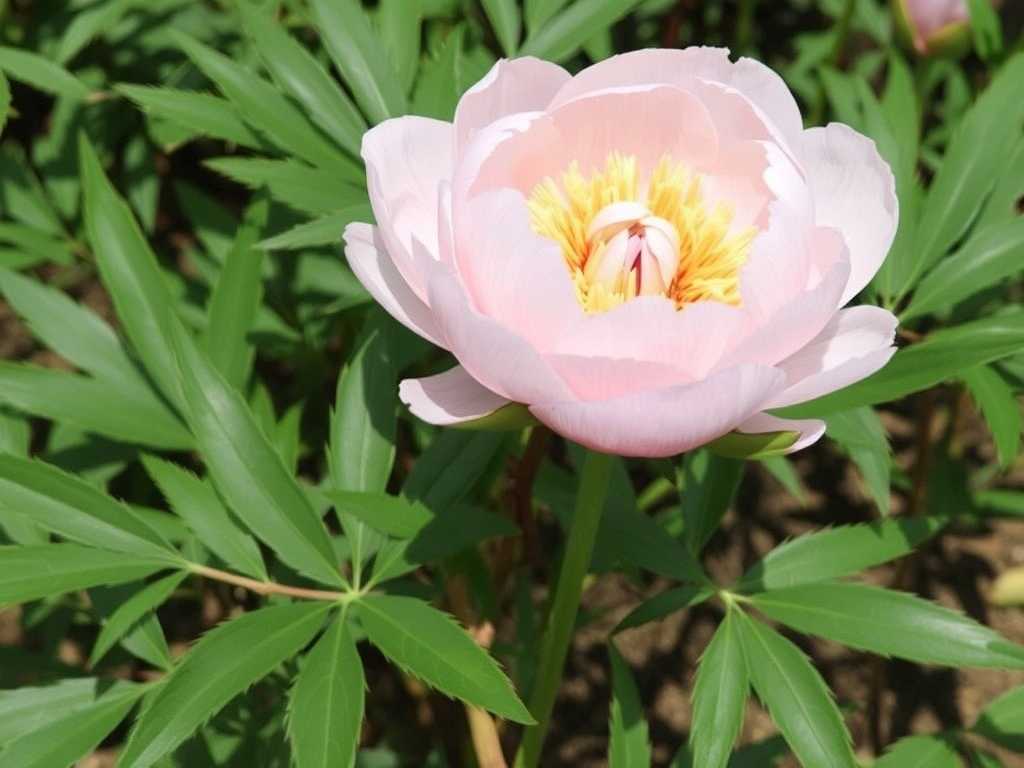
Peonies generally fall into two categories: herbaceous and tree peonies. Herbaceous types die back to the ground each winter, while tree peonies maintain woody stems year-round. Oil peonies, specifically Paeonia rockii and lactiflora hybrids, belong to the tree peony family and require similar growing conditions to their ornamental cousins.
The single most critical factor for success is location selection. Peonies develop deep root systems and resent being moved, so choose their permanent home carefully. They demand at least six hours of direct sunlight daily, though in extremely hot climates, afternoon shade benefits flower longevity. Proper spacing ensures good air circulation - place plants three to four feet apart to prevent fungal diseases.
Soil Preparation and Planting Techniques
Peonies thrive in well-draining soil with a neutral to slightly alkaline pH between 6.5 and 7.5. "The number one killer of peonies is waterlogged soil," notes Dr. Elena Martinez of the International Peony Society. "Their fleshy roots rot quickly in standing water." Prepare planting holes that are wide and deep enough to accommodate the root system without crowding, typically 18 inches across and deep.
When planting bare-root peonies, position the eyes (pinkish buds on the roots) no more than two inches below the soil surface in cold climates, or just one inch deep in warmer regions. Planting too deep is the most common reason for failure to bloom. For container-grown plants, set them at the same depth they were growing in their pots.
Watering Strategies for Established Plants
Newly planted peonies need consistent moisture to establish roots. Water deeply twice weekly during the first growing season, providing about one inch of water each time. Mature plants become surprisingly drought-tolerant, requiring supplemental water only during extended dry periods.
The watering method matters significantly. Always water at soil level rather than overhead to keep foliage dry and prevent disease. Early morning watering allows any accidental splashes on leaves to dry quickly. Drip irrigation systems or soaker hoses provide ideal moisture control for both ornamental and oil peony plantings.
Nutrition and Fertilization Schedule
Peonies aren't heavy feeders but benefit from proper nutrition. Apply a balanced, slow-release fertilizer (such as 5-10-5) in early spring as growth emerges. Avoid high-nitrogen fertilizers that promote weak stems and lush foliage at the expense of flowers.
For oil peonies grown for seed production, Dr. Li Wei of the Chinese Peony Research Center recommends "additional phosphorus during bud formation to support seed development." A second, lighter feeding after blooming helps ornamental peonies rebuild energy for next year's flowers while supporting oil peony seed maturation.
Seasonal Maintenance Calendar
Spring care begins with removing winter mulch gradually as temperatures warm. Apply fresh compost around plants, being careful not to cover the crowns. Install peony rings early to support heavy blooms before they need it.
After blooming, deadhead ornamental peonies by cutting spent flowers back to the first strong leaf. For oil peonies, leave flowers to develop seeds if harvesting is your goal. In fall, after frost blackens foliage, cut herbaceous peonies to ground level and clean up all debris to prevent disease carryover.
Pest and Disease Management
Peonies face few serious pests but several fungal diseases. Botrytis blight appears as young shoots wilt and turn black, while powdery mildew creates white coating on leaves. Improve air circulation, avoid overhead watering, and remove affected plant parts immediately.
For severe infections, apply fungicides containing chlorothalonil or copper according to label directions. Scale insects occasionally trouble tree peonies - treat with horticultural oil during dormancy. Deer typically avoid peonies, making them excellent for landscapes with wildlife.
Winter Protection Strategies
Most peonies survive freezing temperatures remarkably well, but protection ensures consistent blooming. After cutting back plants in fall, apply a two-to-three-inch layer of loose mulch such as straw or shredded leaves. Remove this mulch gradually in spring as new growth appears.
In regions with unpredictable winter thaws and freezes, temporary coverings during extreme cold snaps protect developing buds. Oil peonies, being tree types, benefit from burlap screens against drying winter winds in exposed locations.
Propagation Methods for Expanding Your Collection
Divide herbaceous peonies in early fall when plants have been dormant for at least six weeks. Carefully dig up the entire root system and wash away soil. Using a sharp, sterilized knife, cut sections that have three to five eyes and substantial root mass. Replant immediately at the proper depth.
Tree peonies and oil peonies are best propagated by grafting or from seed, though seed-grown plants take three to five years to flower. Many gardeners prefer purchasing established oil peony plants from reputable nurseries to begin seed production sooner.
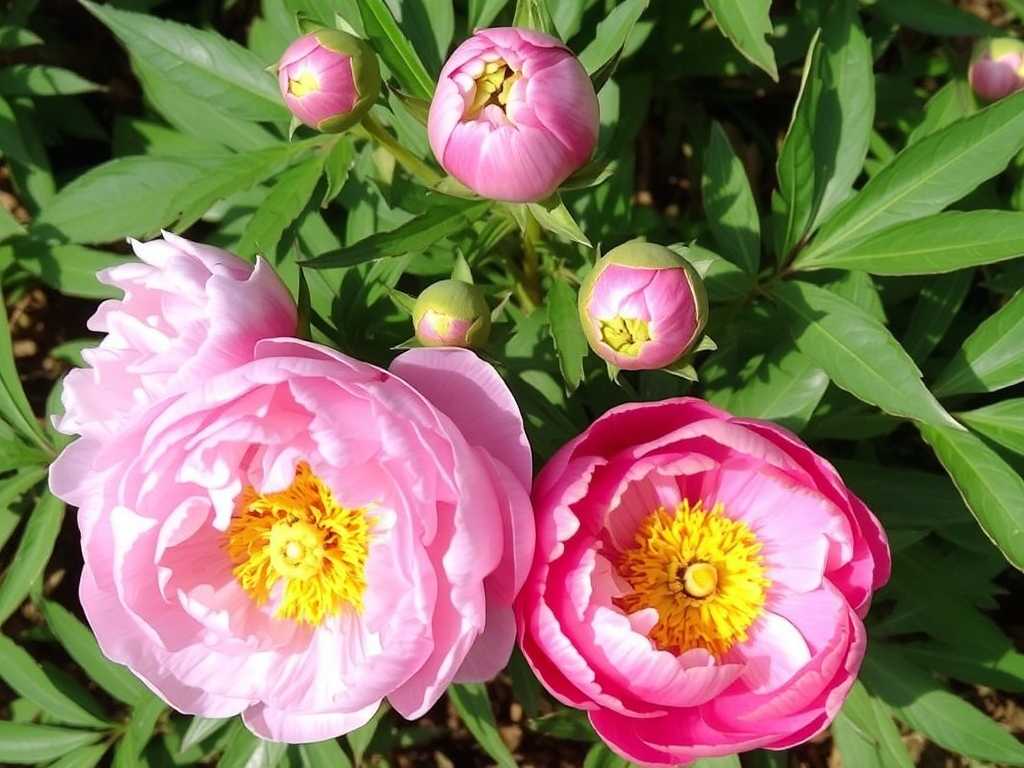
What's the difference in care between ornamental and oil peonies? While their basic requirements are similar, oil peonies benefit from slightly more phosphorus to support seed production and may need additional staking when heavy with seed pods. Ornamental peonies are often deadheaded to conserve energy for next year's flowers, while oil peonies require the flowers to develop into seed pods.
Why won't my peonies bloom? The most common causes are planting too deep, insufficient sunlight, recent division, or excessive nitrogen fertilizer. Ensure eyes are no deeper than two inches below soil surface, provide at least six hours of direct sun, avoid disturbing established plants, and use balanced fertilizers.
How long do peonies live? With proper care, peonies are remarkably long-lived. Many specimens continue blooming for 50 years or more, with some documented cases of plants thriving for over a century. Their longevity makes them an excellent investment for any garden.
Successful peony cultivation combines proper planting depth, well-draining soil, adequate sunlight, and consistent but not excessive care. These magnificent plants reward patience with decades of breathtaking flowers or valuable seed production. Whether growing a single ornamental specimen or an entire field of oil peonies, attention to these fundamental needs ensures your gardening success.
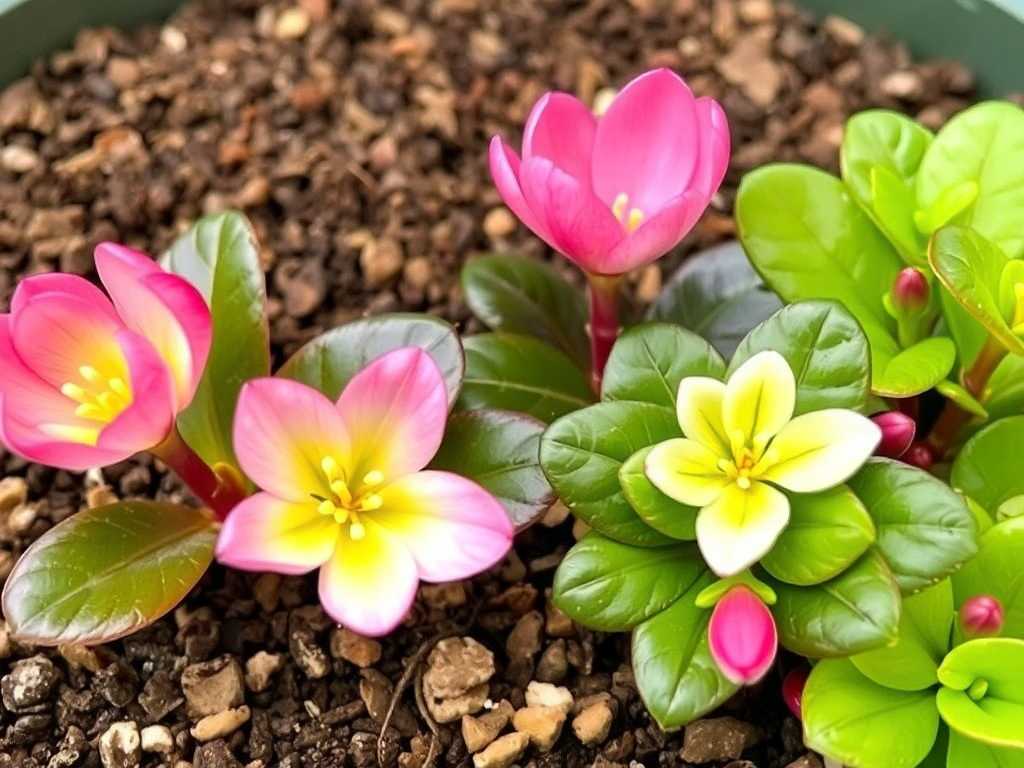
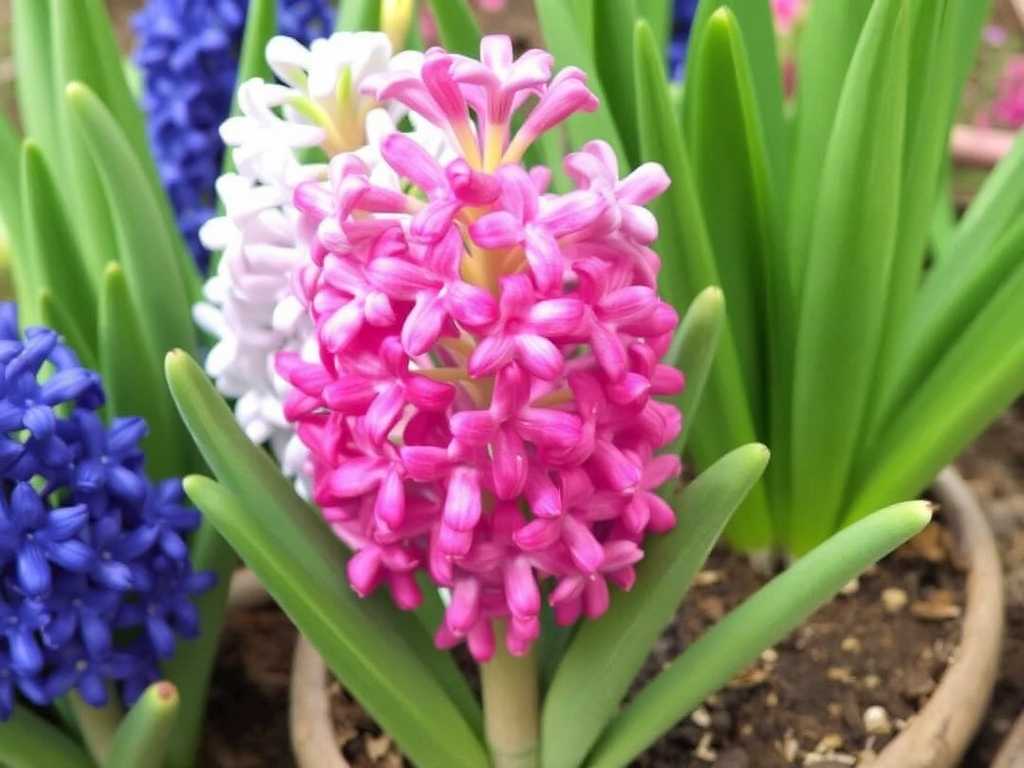

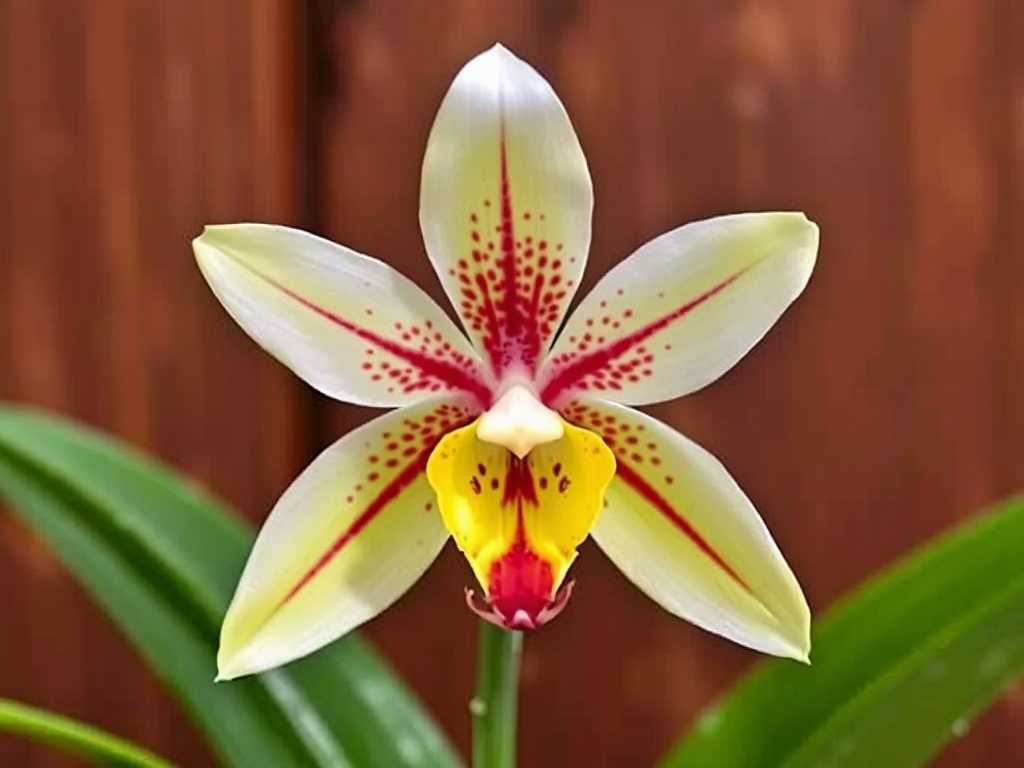
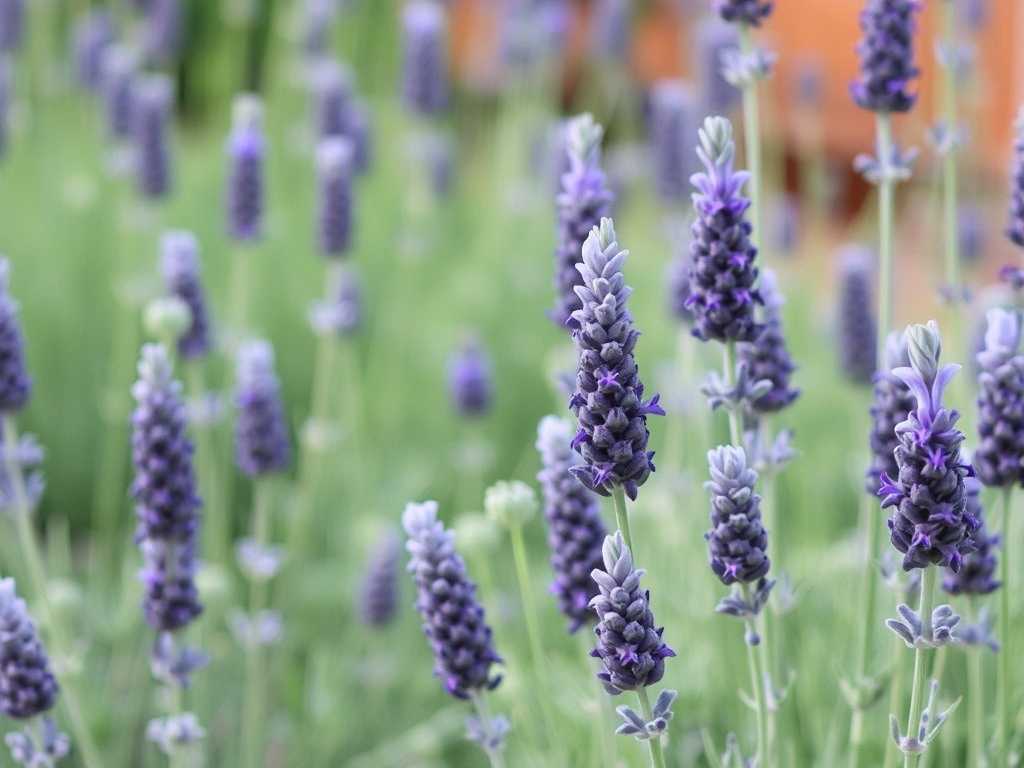
发表评论